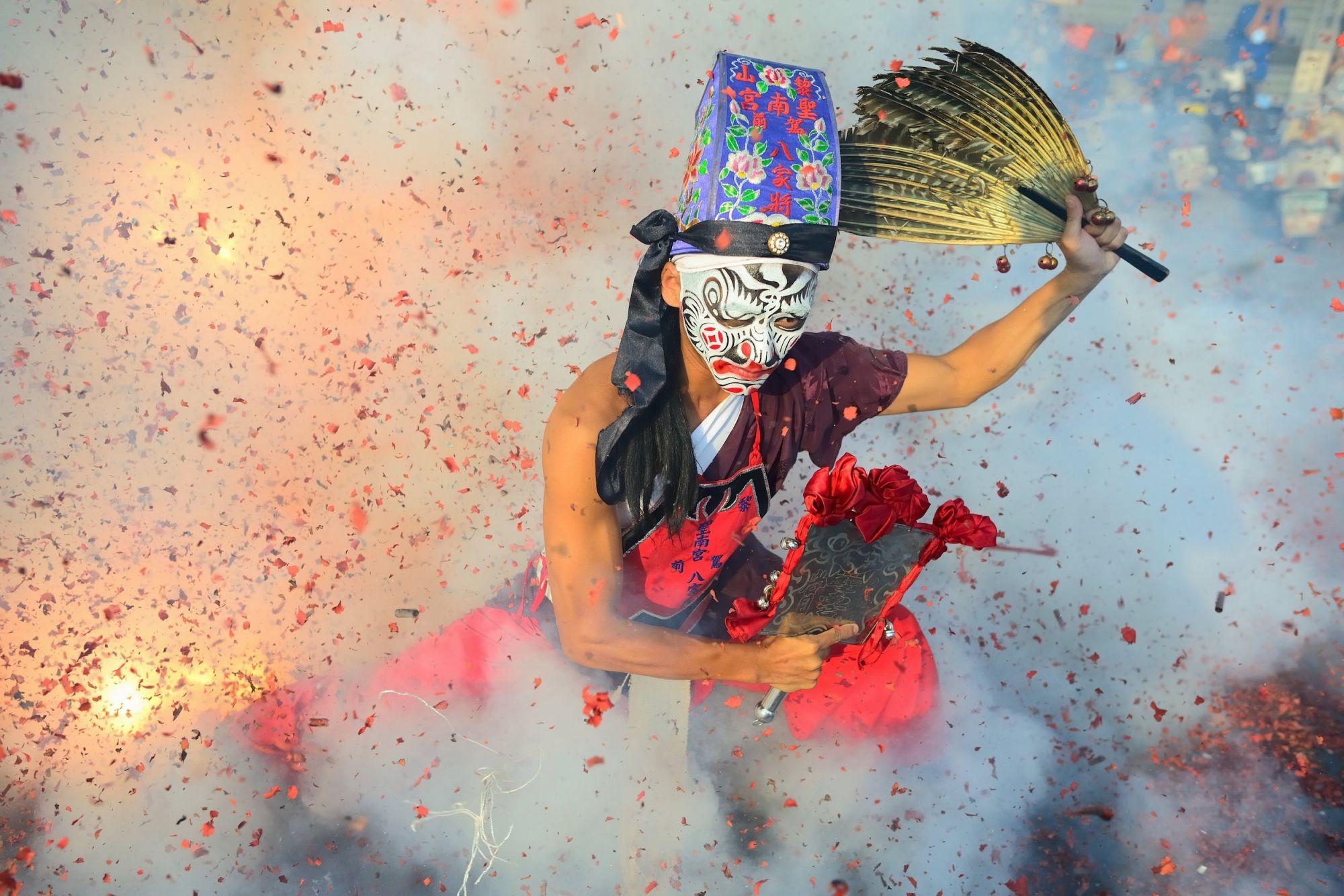The Pilgrimage of Mazu, one of the world's most spectacular religious events, sees oceans of pilgrims and spectators in procession behind the statue of Mazu, Goddess of the Sea, in more than 50 cities across Taiwan. Passers-by flock to touch the sedan chair, and worshippers kneel to carry it on their shoulders for a stretch of road. These kinds of traditional rituals abound in Taiwan, but the islanders like to add a few modern touches to the celebrations.
Traditions endure and are contaminated with novelty in Taiwan
It is not unusual to see pole dancers performing during the procession, or young women with pink-dyed hair, dressed as the goddess, joining the procession. Yet nothing seems out of place.
Taiwanese cuisine, too, has undergone a similar evolution: renowned for traditional recipes, it now offers, alongside the inevitable oyster omelettes, dishes prepared with local and seasonal ingredients but revisited in new contemporary recipes: in short, the Taiwanese appreciate boldness and love to play with tradition. In the arts, Taiwan was considered the last bastion of Chinese civilisation until the Nativist Movement, which emerged in the 1970s and 1980s, pushed the islanders to reclaim their cultural heritage. Artists and writers were inspired by their own personal stories, merging Chinese heritage with that of their roots.
The sculptor Ju Ming and the choreographer Lin Hwai-min, who achieved success in the 1970s, are two examples of this process, recounted in the island's many museums. The Literature Museum tells the story of how writers discovered their own identity, while the Kaohsiung Art Museum hosts exhibitions by native artists. But some of the most interesting achievements can be found off the beaten track. Here tradition and modernity walk hand in hand, and do so with the grace of a pole dancer and the cunning of the wise.
Taipei City as seen from the top of Elephant Mountain, Taiwan ©Ariyaphol Jiwalak/Shutterstock
Recommended guides and products:
Photo book
Around the world in 52 weekends
Graffiti in Ximending
In the Ximending shopping district in central Taipei, colourful graffiti stands out, often mixing pop and traditional styles. Jimmy Cheng a.k.a. Citymarx, a writer of these works, says that many Taiwanese graffiti writers draw on their roots to stimulate creativity. 'Indigenous culture, the Hakka lifestyle from China and traditional mural art are elements that contribute to the result,' he explains.
In Taipei Cinema Park there is the largest graffiti, while smaller works dot the streets from Emei St and Wuchang St. To reach Ximending, get off at the Ximen metro stop.
Shiatzy Chen Fashion
This Taiwanese luxury brand enriches Western fashion with Chinese motifs to create a style known as 'neo-Chinese chic' - an imaginative and highly effective interpretation of the fusion aesthetic. The brand's main shop is located in Zhongshan, a district north of Taipei, near the Zhongshan underground station. Do not fear cultural trivialisation: you will not find dragons, phoenixes or other stereotypes here. One of the collections focuses on a classic of Chinese literature, The Journey to the West, and includes a yellow skirt on which dreamlike versions of the book's protagonists are printed, accompanied by a lace corset, a nod to Victorian England.
The likes of former president Ma Ying-jeou and Victoria Beckham have worn clothes from this label.
Liberty Square, Taiwan ©SeanPavonePhoto/Shutterstock
Sign up for our newsletter! For you weekly travel tips, special offers, stories from around the world and 30% discount on your first order.
Ju Ming Museum
The works of the prestigious sculptor Ju Ming have been exhibited all over the world. The collection in the museum dedicated to him on the north-east coast of Taiwan, set in a magnificent garden, is the most comprehensive.
Ju Ming, trained in a temple, surprised the art world in 1976 with dynamic wood sculptures that thoroughly explored Taiwanese identity. In his celebrated Taichi series, Ju reduces the human figure to an almost abstract combination of wooden blocks to release the poetic essence of the subject. In the museum, you will see monumental wrestlers portrayed in poses of extraordinary fluidity, poses that are very expressive.
The museum is located in Jinshan, about 38 kilometres from Taipei, and can be reached by bus from the Taipei train station; a shuttle will wait for you at the Jinshan district office.
Cloud Gate Dance Theatre
Taiwan's most prestigious dance company draws inspiration from the country's fairy tales, mythology and history to create choreography that is as enchanting in its technical perfection as it is in its artistic sensibility. Catch a performance at the company's headquarters in Tamsui, north of New Taipei City. Heavy metal, Bach, calligraphy and roller skating might be included in the performance, as well as meditation, martial arts and qigong are part of the dancers' training.
In Songs of the Wanderers, a work inspired by Eastern religions as well as Hermann Hesse's account of Buddhism, a torrent of golden rice grains slides over a monk's head, amid ethereal modulations of a Georgian folk song. This fantastical imagery - poetic, distinctly Asian, and vibrant with humanity - is a strong presence in all of Cloud Gate's works. Choreographer Lin Hwai-min trained under Martha Graham in New York before founding the company in 1973, giving it the mission to fully explore Taiwanese identity. Check if there are any performances scheduled in Tamsui or the country during your stay.
Mazu Pilgrimage Celebrations, Taiwan ©twospeeds/Shutterstock
Nantian Temple
On the southern slopes of Baguashan is the temple of Nantian, where the inhabitants, mainly from the rural areas, used to take their children to induce them to obedience. In fact, the temple has a kind of gallery called 'The 18 Levels of Hell' that would constitute the underworld of macabre Chinese legends.
The temple uses mechanical puppets dressed in period costumes, dioramas, red and green lights and sinister sound effects to illustrate the tortures of the afterlife. Those guilty of theft and adultery (and sinners in general) are immersed in boiling oil, stabbed, disembowelled and sawn in two.
"These temples were a must on school trips in the 1970s and 1980s," recalls Trista Liao, a local woman who herself was brought here as a child. "The choice of colours and disturbing images are reminiscent of the works of Japanese artist Tadanori Yokoo. The puppet theatre backgrounds have a similar style'.
The temple is located in Changhua, which can be reached by high-speed train (2 hours) from Taipei.
Nanyao Temple
Complete a tour of Nanyao Temple, 20 minutes from Nantian Temple, included among the stops on the annual Mazu Pilgrimage. The highlight is the central hall, dedicated to the Goddess of Mercy. The temple, more like a dwelling than a place of worship, mixes elements of Japanese, Chinese and Western art.
Built in 1917 under Japanese rule (which had partly embraced a Western aesthetic), it features the double eaves typical of many temples, but also a European-style stone balustrade. In the lower part, Doric columns design a portico and a chrysanthemum motif embellishes the ceiling. Some classical-style icons depict 18 arhats (saints). The temple is of Japanese origin, but its style is much more eclectic and complex.
Related articles
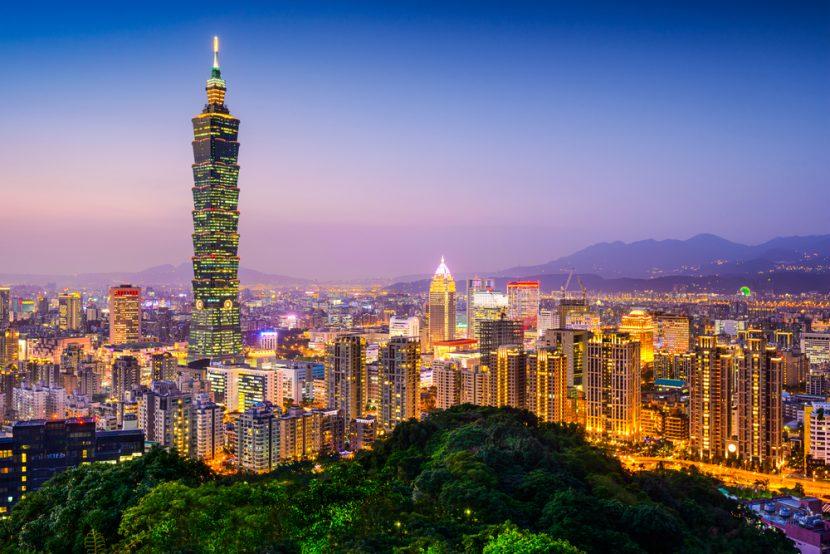
Taipei, what to see and do in Taiwan's capital city
Best time to visit Taiwan 2024 - Weather & 42 things to do
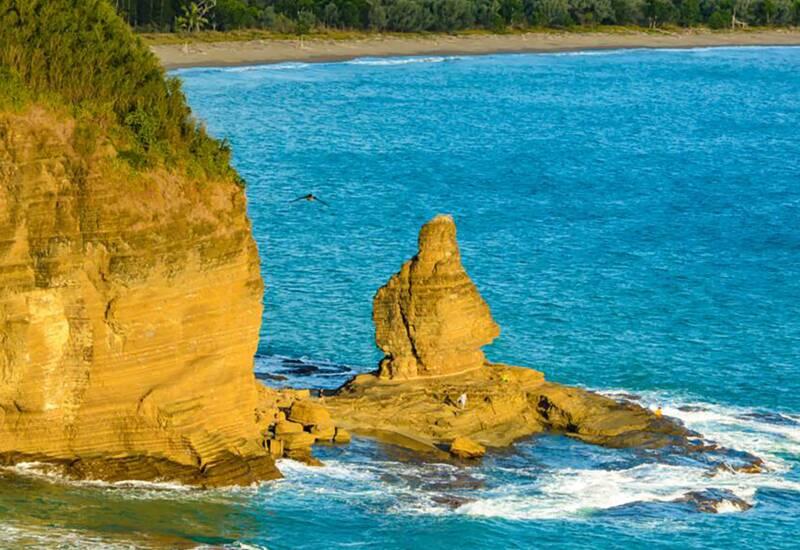
Taiwan: the "rainbow village", particularly touristic, has almost disappeared
Taiwan, the two faces of the 'curvy' island
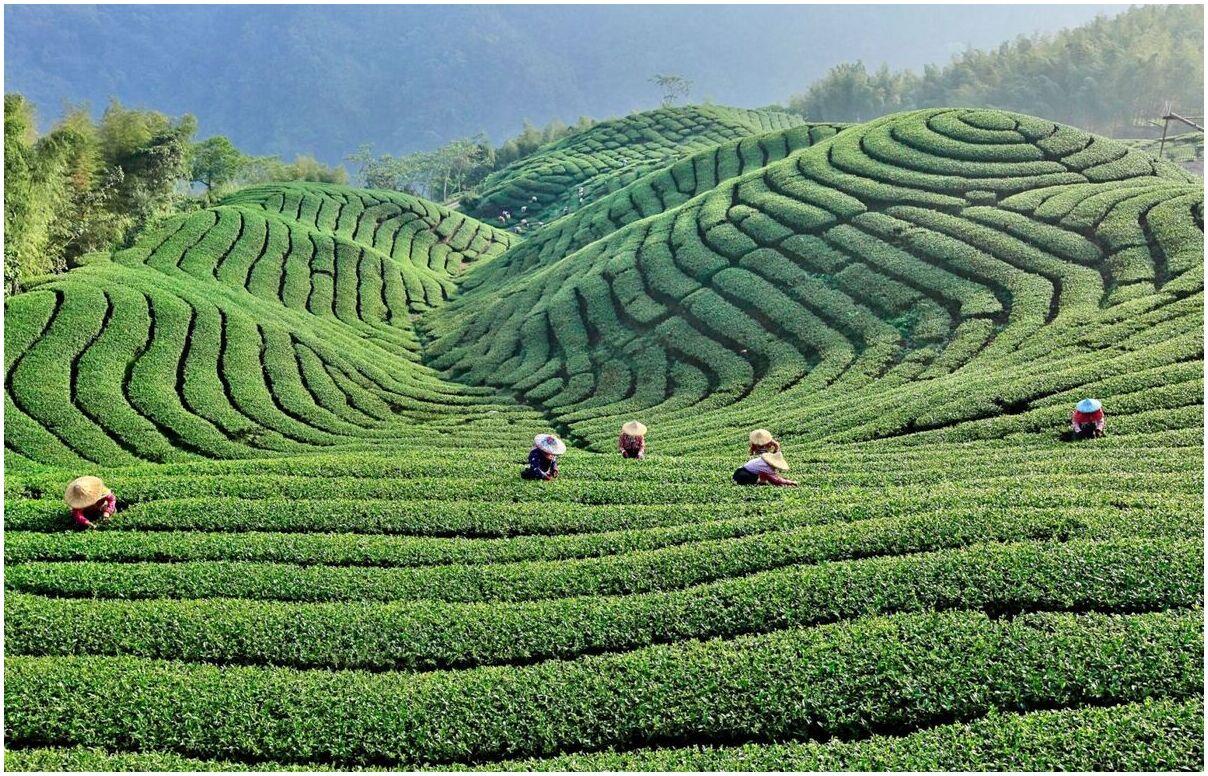
5 safest places in Taiwan post-pandemic
Taiwan, the sunrise worth the journey
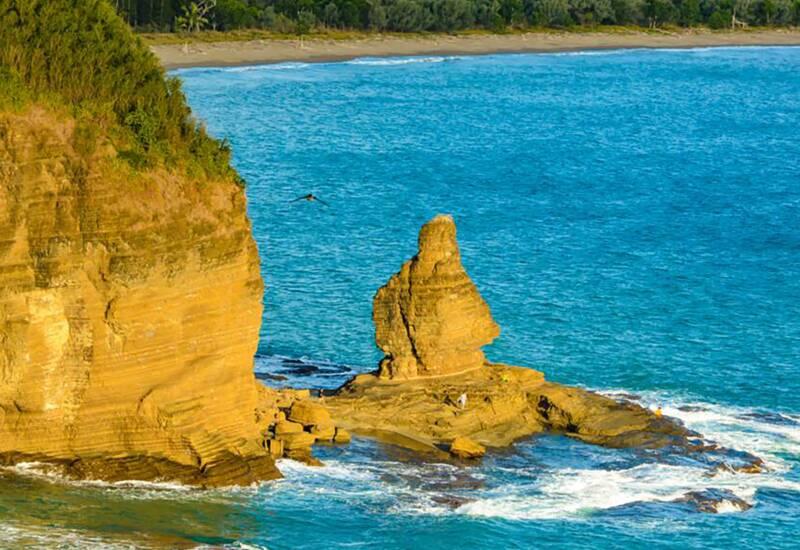
In Taiwan, the sky lights up as the Lantern Festival approaches
